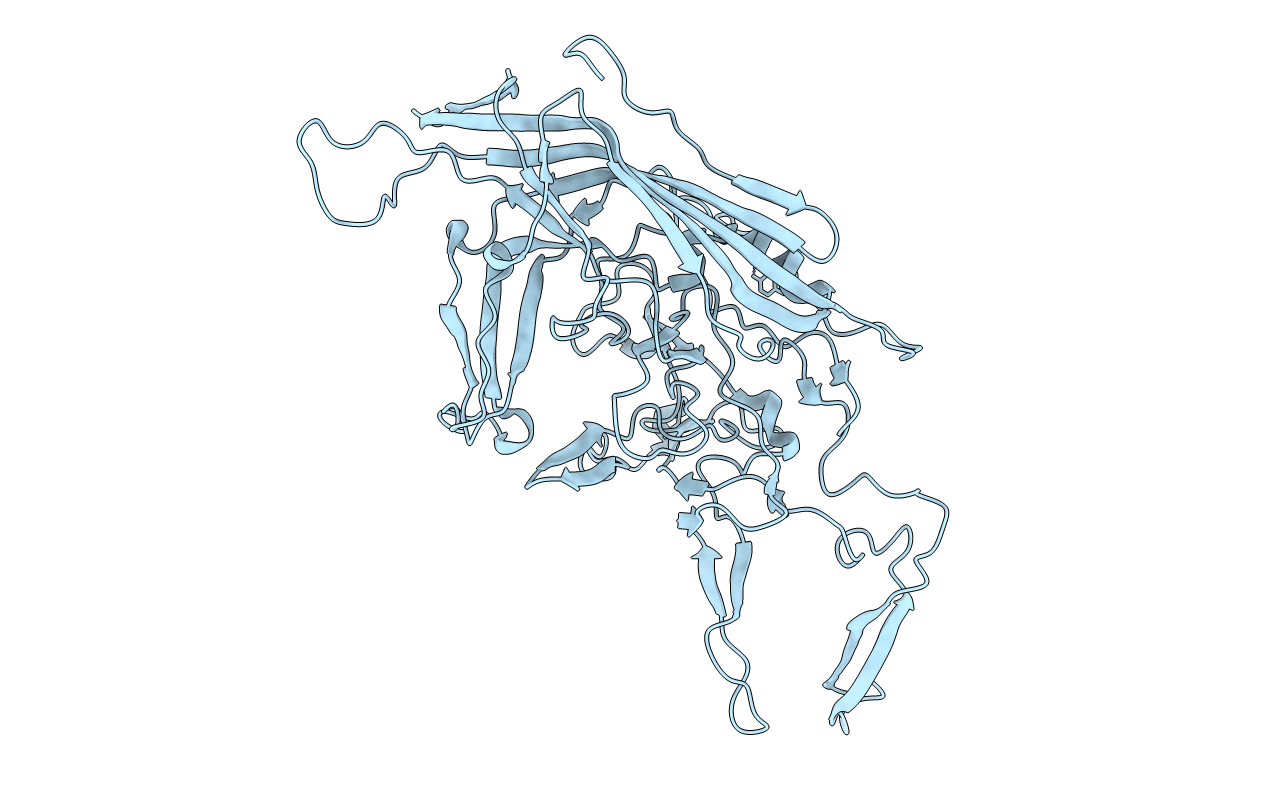
Deposition Date
2007-06-14
Release Date
2008-04-08
Last Version Date
2023-08-30
Entry Detail
Biological Source:
Source Organism:
Adeno-associated virus - 8 (Taxon ID: 202813)
Host Organism:
Method Details:
Experimental Method:
Resolution:
2.60 Å
R-Value Free:
0.25
R-Value Work:
0.25
Space Group:
P 63 2 2


